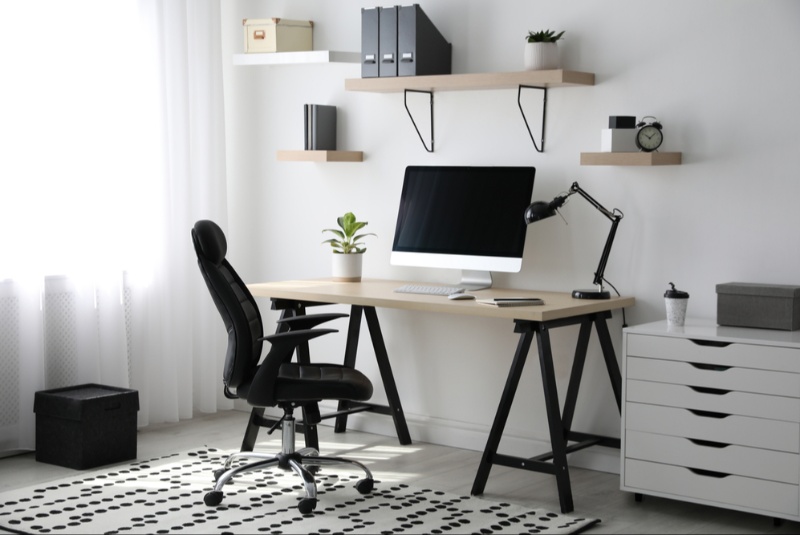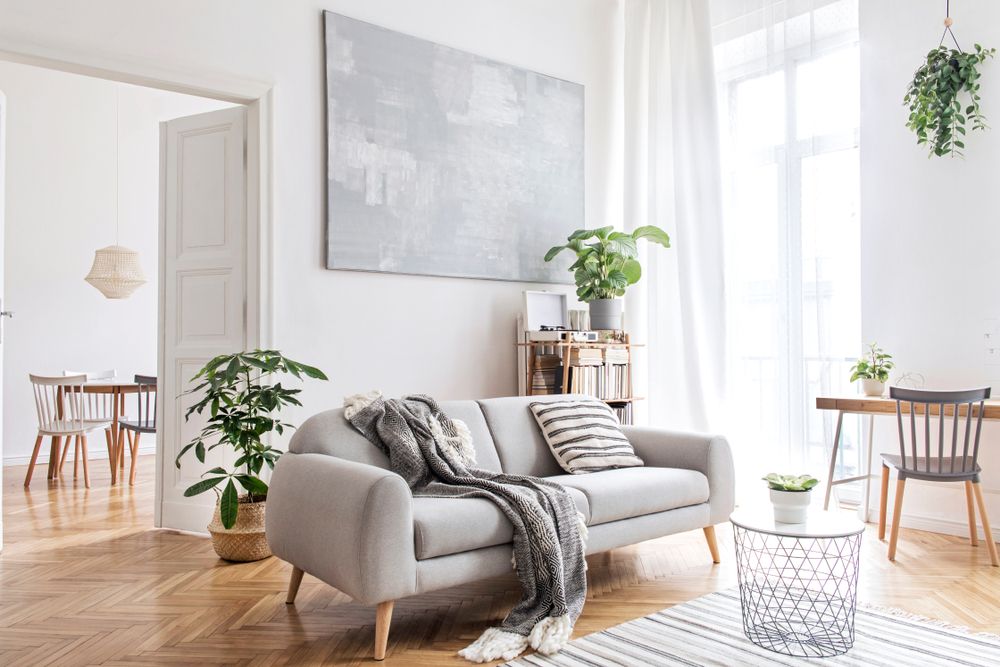Creating an efficient home office space is crucial for enhancing productivity and maintaining a healthy work-life balance. With the rise of remote work, having a dedicated area where creativity and efficiency thrive has become a necessity for many professionals. This guide will walk you through essential steps and tips for crafting the perfect home office, focusing on comfort, functionality, and personal style.
Choosing the Right Location
The ideal home office location depends on your living situation and work style. A spare room with a door can be ideal for privacy and focus, but if space is limited, a quiet corner of a less-trafficked room can also work well. Consider factors like proximity to natural light sources, potential distractions, and the overall flow of your home. The goal is to find a balance between being part of your home and having a distinct space where you can shift into work mode.
Investing in Ergonomic Furniture
Ergonomic furniture is designed to support your body comfortably for long periods, which is crucial when you spend hours at your desk. An ergonomic chair should support your spine's natural curve, and your desk should allow your arms to rest comfortably without straining. Adjustable features can help tailor your workspace to your needs, reducing the risk of discomfort or repetitive strain injuries. Remember, the investment in ergonomic furniture not only contributes to your immediate comfort but also your long-term health and productivity.
Maximizing Natural Light and Lighting
Natural light can boost your mood and energy, making it a key component of an effective home office. Position your desk near a window, but be mindful of the potential for screen glare. Use curtains or blinds to control the amount of light coming in. In addition to natural light, invest in quality task lighting to ensure your workspace is illuminated without creating shadows or straining your eyes. A combination of overhead lighting and a dedicated desk lamp can provide flexible lighting options throughout the day.

Organizing for Efficiency
An efficient workspace is an organized one. Utilize vertical space with shelves and use drawer organizers to keep supplies in order. Labeling systems and digital document management can also reduce physical clutter. Consider how you work and what items you need regular access to; this will guide your organization strategy. A clean and orderly space can reduce stress and make it easier to focus on tasks at hand.
Technology Setup and Management
A reliable technology setup is the backbone of a modern home office. High-speed internet is non-negotiable, and investing in quality peripherals like a mechanical keyboard or ergonomic mouse can enhance your work experience. Consider your video conferencing needs as well, ensuring your camera and microphone are up to par. Cable management solutions, such as clips and tubes, can keep cords organized and prevent them from becoming a tangled distraction.
Personalizing Your Space
Your home office is a personal space, and decorating it with items that inspire and motivate you can make a big difference in your workday. Whether it's family photos, art that you love, or indoor plants, these personal touches can make your office feel welcoming and stimulate creativity. Personalization doesn't mean clutter; choose items that bring joy without overwhelming your workspace.
Sound Management
In a home environment, managing sound can be challenging but essential. Noise-cancelling headphones are a great investment for those in noisy environments, providing a way to focus despite household activities. For those needing to keep the room quiet, soundproofing options like window inserts or door sweeps can minimize external noise. Clear communication with household members about your work schedule can also help create a mutual understanding of quiet times.
Temperature and Air Quality
Being comfortable in your home office means managing both temperature and air quality. Personal fans or heaters can help adjust the temperature to your comfort level, and air purifiers can ensure you're breathing clean air, reducing the risk of headaches or fatigue. Plants not only improve air quality but also bring a sense of calm and connection to the outdoors, enhancing your workspace aesthetically and functionally.
Flexibility and Room for Growth
As your career evolves, so too might your home office needs. Designing your space with flexibility in mind—such as modular storage solutions or multi-functional furniture—can allow your office to adapt over time. Anticipate future technology needs, potential increases in document storage, or even the desire for a more comfortable reading chair. A flexible home office can support your professional development without requiring frequent, major overhauls.
Creating the perfect home office is a blend of practicality, comfort, and personal expression. By carefully considering each aspect of your workspace, from the furniture to the lighting, you can build an environment that not only meets your professional needs but also makes your workday more enjoyable and productive. Remember, the ultimate goal is to craft a space where you can work effectively and happily, contributing to your overall success and well-being.




